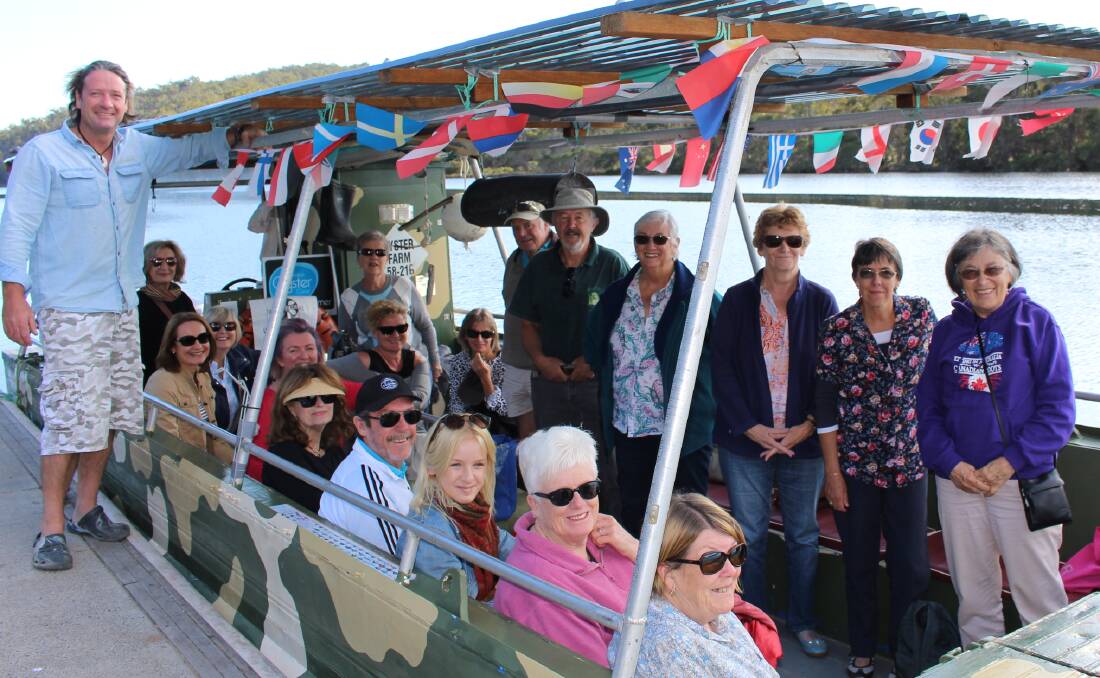
Smoke a comfort
How comforting it is to have the hazard reduction burns taking place around the district at the moment. Many thanks to all those volunteers and workers undertaking these vital protection measures, far better some small inconvenience now compared to wildfires in summer. The autumn window of opportunity has been well utilised.
Subscribe now for unlimited access.
or signup to continue reading
John Dawson, Millingandi
Holiday fun
If you are tearing your hair out wondering what to do to entertain your children and grandchildren during the holidays, I suggest the National Parks & Wildlife Discovery program. My grandsons loved the activities when visiting. We found the walks, talks and tours informative, educational and fun and congratulations to Barbara Allgaer and the Discovery team for producing such innovative and adventurous events.
Olwen Morris, Tura Beach
Smoke
The letter regarding smoke from hazard reduction burns (HRB) affecting tourism reminded me of similar letters I used to read in the Albury newspapers during the 1980s and 90s. As a result of declining numbers of forest management staff, public pressure and politics, the amount of HRB declined. In 2003/03, one million hectares of native forest in north east Victoria was incinerated by wildfires. North east Victoria was shrouded in smoke for 60 consecutive days and due to danger from the fires, tourist numbers plummeted. Perhaps the biggest losers where the estimated 370 million birds, mammals and reptiles that were incinerated along with the forests.
Peter Rutherford, Merimbula
Highway to hell
It is six months since council commenced road works along Lake Street, Merimbula. Starting just prior to the busy season, council proceeded to push road base spoil over the side of the road on a couple of corners, without any form of retainment, in the hope it would just stay in place. Where they trying to widen the road on certain corners to enable safer pedestrian access?
No sooner had this been done and it rained, eroding the spoil, creating washouts running down the hill towards the lake. The council returned and had another go, except this time they installed some minor retention on one of the bends. It rained again and the spoil was washed down towards the lake. They returned and filled it again. For the whole of the summer period there were puddles that remained for months, hindering traffic and pedestrians.
Early in March, they had another go, making cuts into the road and putting drainage lines across to take water away. It stormed again and eroded the fill, while also washing out the trenches across the road that had been spray sealed by the Jet patcher. These trenches have been respray sealed and may last till the next storm. The erosion on the road corners has just been ignored. The condition of the road is horrendous.
I have just returned from a 4500km drive around NZ and did not see a road that compared with ours for unevenness. In fact, I did not see even one pothole. I did see remedial work being carried out in various locations, but with two or three guys using hand operated rollers and equipment: no Jet patchers, just proper planned workmanship. It seems perhaps we have lost the skills to plan, organise and carry out this kind of work properly. Certainly using such things as an automated device like the Jetpatcher wouldn’t help retain this skill base.
Council may claim they have a limited budget for maintenance works, but having to repeatedly repair the same old ground time and time again certainly does cost a lot of money and you never get on top of it, do it once and do it right!
They may be better off spending money on core services and maintenance issues rather than, using public moneys on civic centres and dabbling in the property market
Fraser Buchanan, Merimbula

